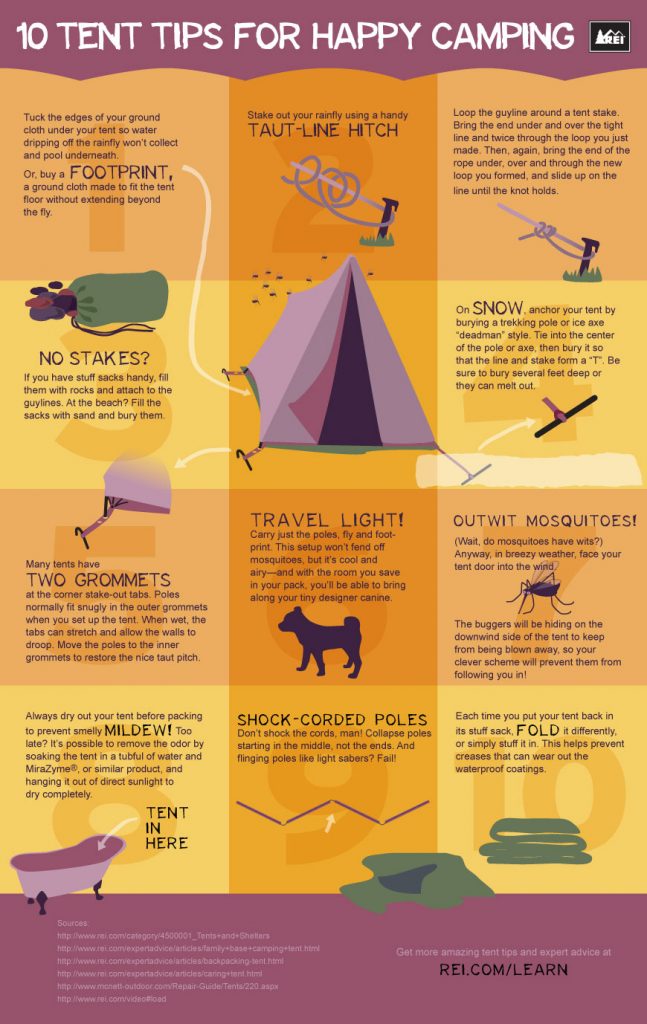Guide To Selling Camping Tents And Maintaining A Highly Effective Empire
Guide To Selling Camping Tents And Maintaining A Highly Effective Empire
Blog Article
Exactly how to Choose a Tent Footprint
Whether you need a camping tent impact relies on where and how typically you will certainly be outdoor camping. The footprints used by the supplier of your tent are usually a great option yet they can be expensive and heavy (the NEMO Hornet Dragonfly 2P footprint evaluates 6.9 oz).
How do you keep moisture out of a tent?
You can also make your own do it yourself outdoor tents footprint from low-cost, durable textile such as a tarpaulin groundsheet. However, a DIY footprint may not be suitable for maintaining your outdoor tents clean of mud or tree sap.
Size
A tent footprint is essentially a sheet that goes under your camping tent. It secures the ground beneath your camping tent from unpleasant things, and it keeps the bottom of your tent clean and completely dry. It also reduces the quantity of warm shed to the ground while you sleep, and it can help secure your outdoor tents from moisture.
The most effective tent impacts are sized exactly to match the flooring area of your tent. They are generally constructed from a durable, water resistant product like polyurethane or nylon. Nguyen advises picking an impact with a denier rating of 250 or higher for maximum durability.
Several exterior equipment companies offer their own top quality outdoor tents footprints that are made to fit effortlessly with the corresponding camping tent. However, these can be quite expensive and add to the general weight of your backpacking setup. For these reasons, we usually suggest utilizing a DIY choice rather.
Material
A camping tent footprint maintains the flooring of your sanctuary clean, specifically if you are camping in areas with a great deal of rain. It can also aid stop water from pooling up beneath your tent which could leak right into the camping tent itself.
The material used in an outdoor tents footprint varies, yet one of the most usual is an easy-to-clean and sturdy polyurethane or polyester material. Some come with a sack to divide them from your gear when not being used.
Some backpackers select to make their own DIY footprints out of Tyvek home cover or Polycryo window insulation diminish film. This is frequently a cheaper and lighter option than purchasing a maker certain one. It is very important to note, however, that a do it yourself impact will certainly not secure against leaks or abrasions in addition to a quality outdoor tents floor covering. If you are using a homemade impact, make sure to roll up the sides so it doesn't accumulate water. If you're bothered with this, think about upgrading to a much more heavy duty alternative like the ones made by producers.
Waterproofness
A tent impact adds an canvas wall tent extra layer of waterproofing beneath your outdoor tents, which secures against pools that may accumulate below your shelter. This can make your camping experience far more comfy, especially on damp ground, where you may otherwise awaken irritable and damp from water leaking right into your camping tent.
Tent footprints are frequently made particularly for the outdoor tents design they're intended to come with, which guarantees an excellent fit and a solid waterproof seal. Nevertheless, they're also offered as generic items that can be cut to dimension with scissors or a knife.
Footprints made from high-denier materials like Tyvek and Polycryo are generally extra expensive than those made from a lower denier textile, such as nylon. Whether the higher price is worth the added waterproofing depends on you.
Weight
A tent footprint is a slim sheet of polyurethane, nylon or polyester that sits in between your shelter and the ground when outdoor camping. It's created to shield your camping tent from unpleasant aspects like rugged rocks, twigs and abrasive surfaces, clarifies Elizabeth Nguyen, a senior sales professional at REI in Atlanta.
Nguyen says most outside gear makers supply their own well-known tent impacts that are designed to fit perfectly with their assigned tents, adding satisfaction and benefit. However these well-known impacts tend to be thicker and much heavier than do it yourself alternatives that are available on the market, so they deserve a closer look when looking around.
If you're on a spending plan or are focusing on weight, it's very easy to make your own tent footprint making use of simple materials that can be located at most hardware or DIY shops. This choice is preferred amongst ultralight backpackers and long-distance hikers to conserve money and save weight where feasible. It's also worth keeping in mind that most tents are now made with a sewn-in groundsheet, so an outdoor tents footprint may be unneeded in these cases.
Can you camp in 50 mph winds?
